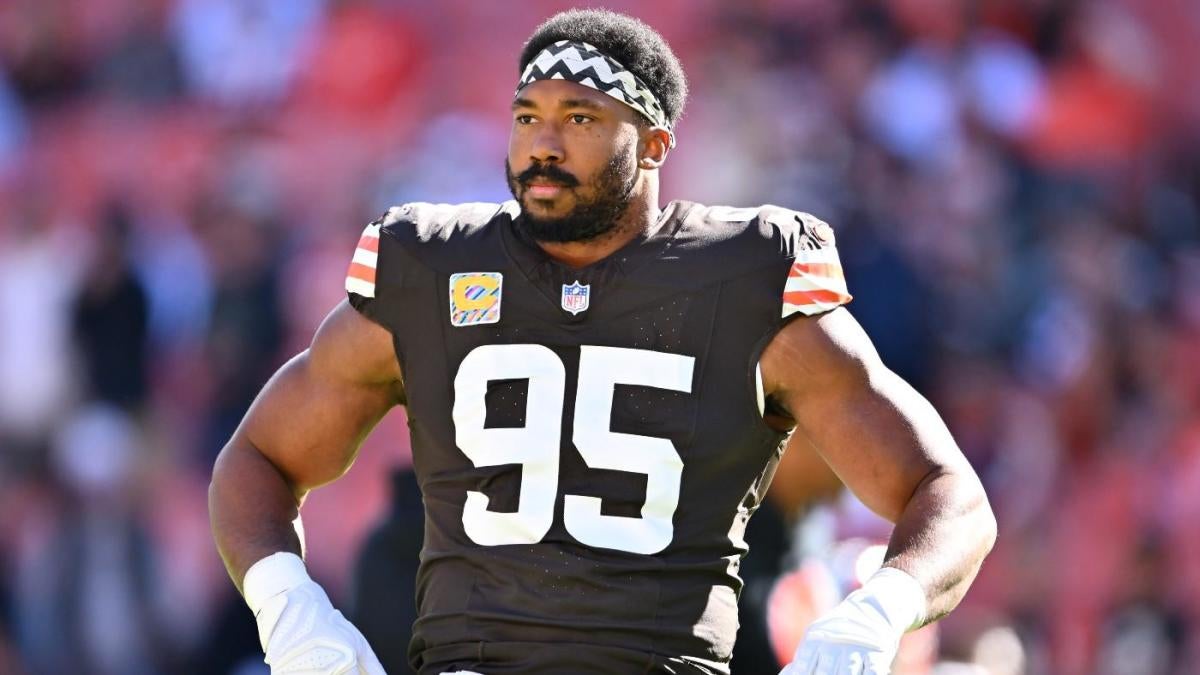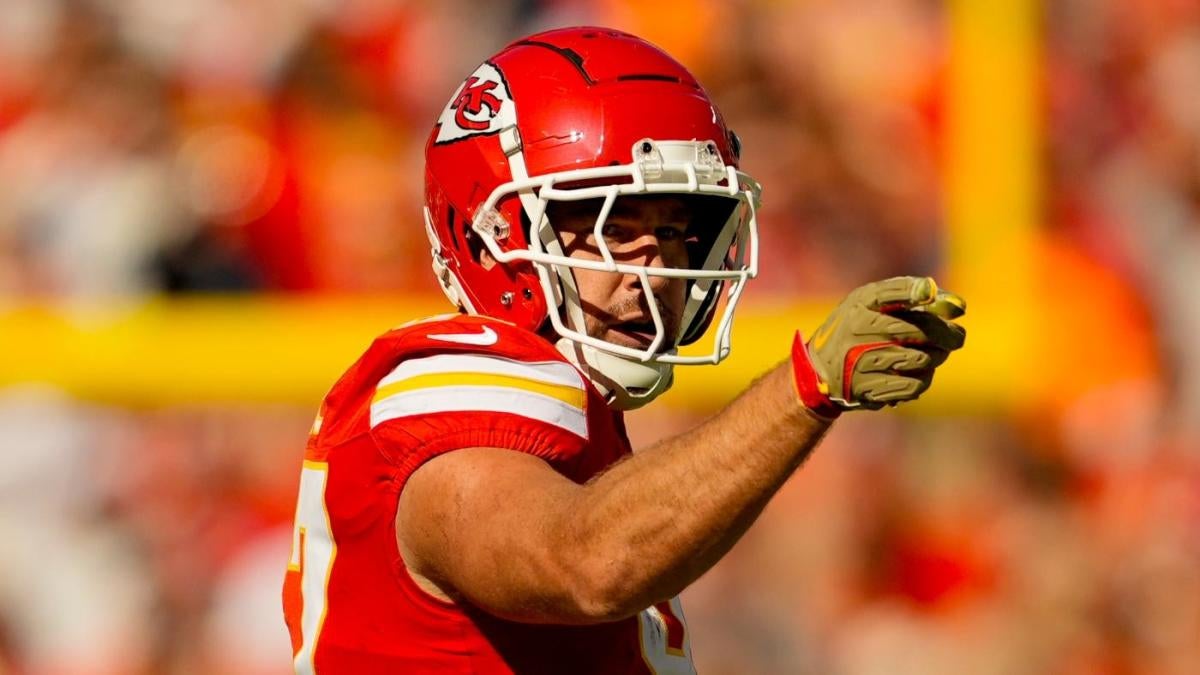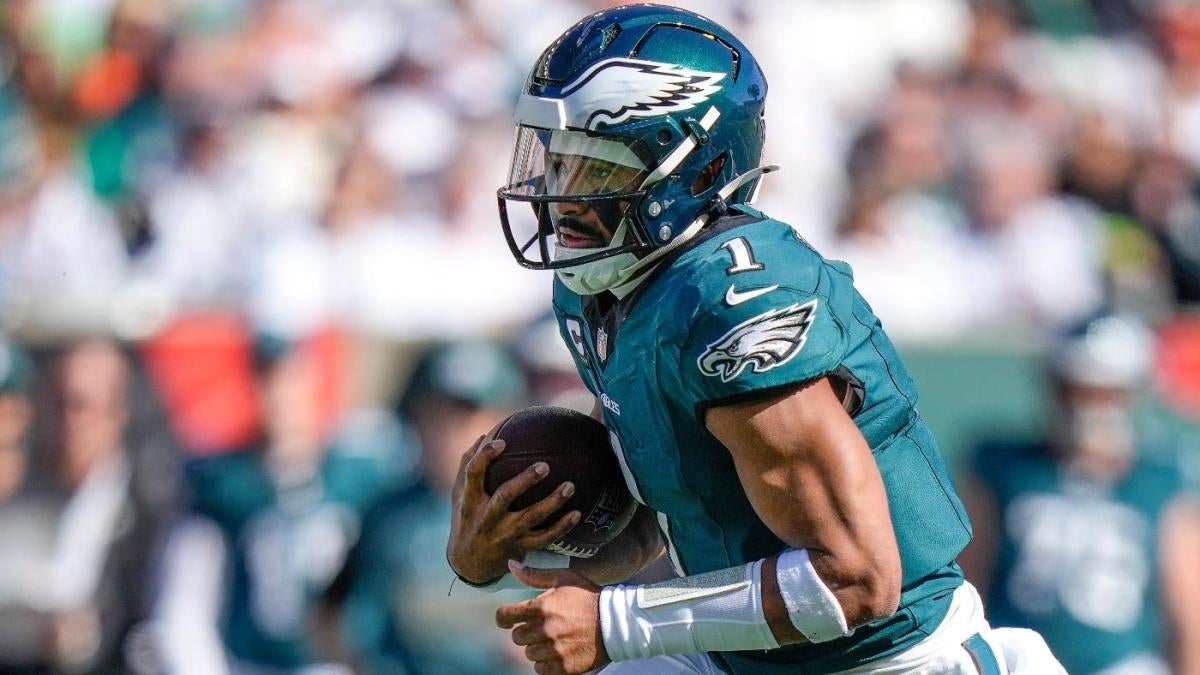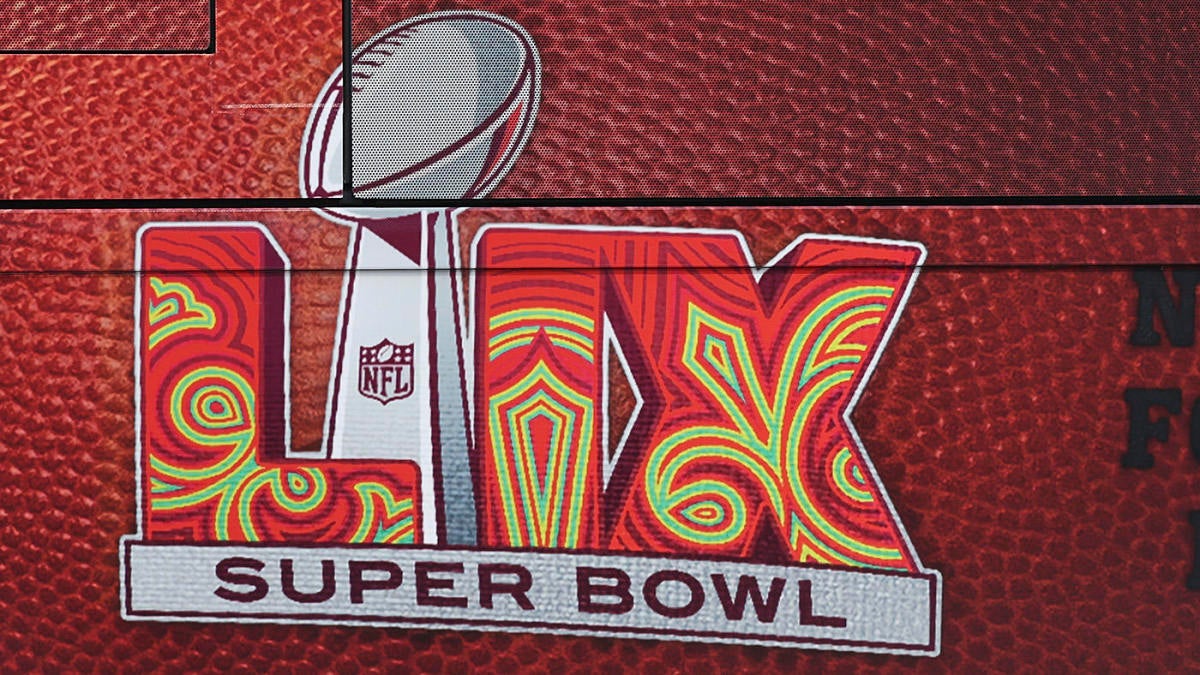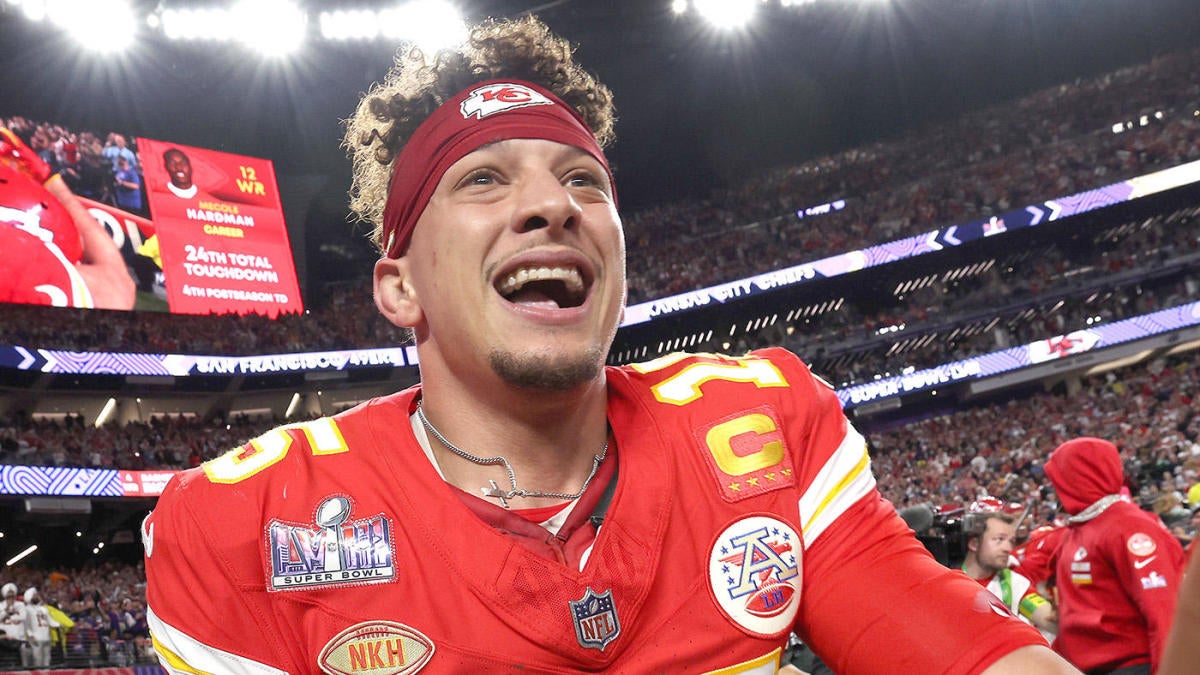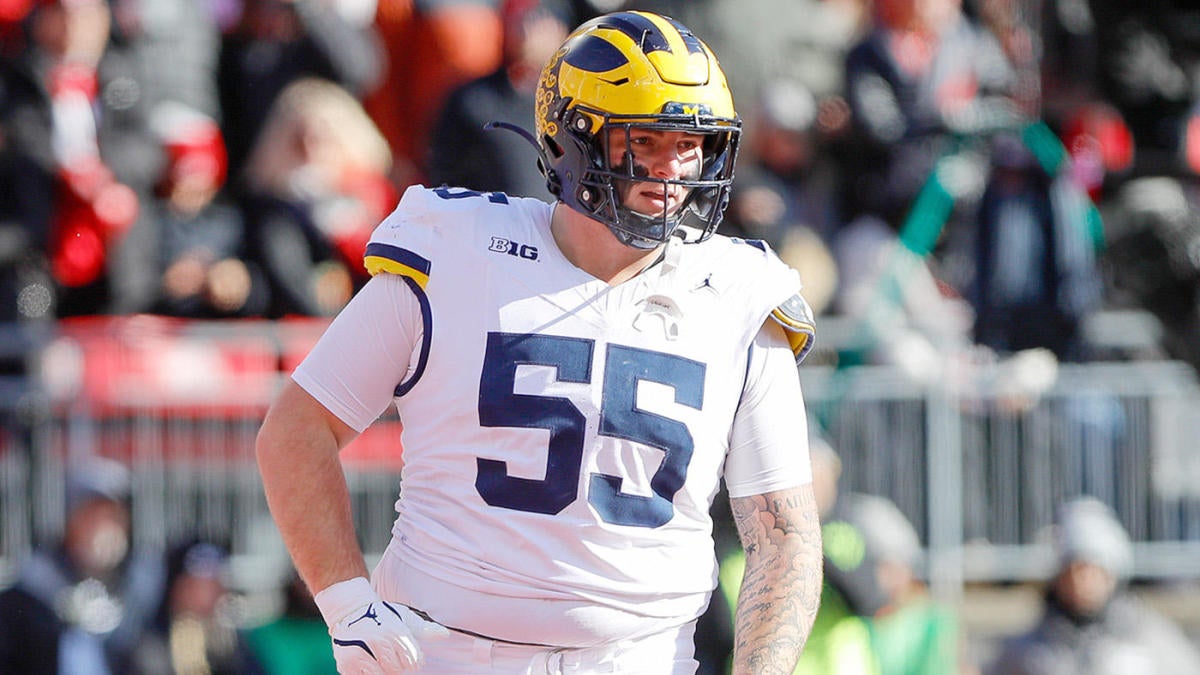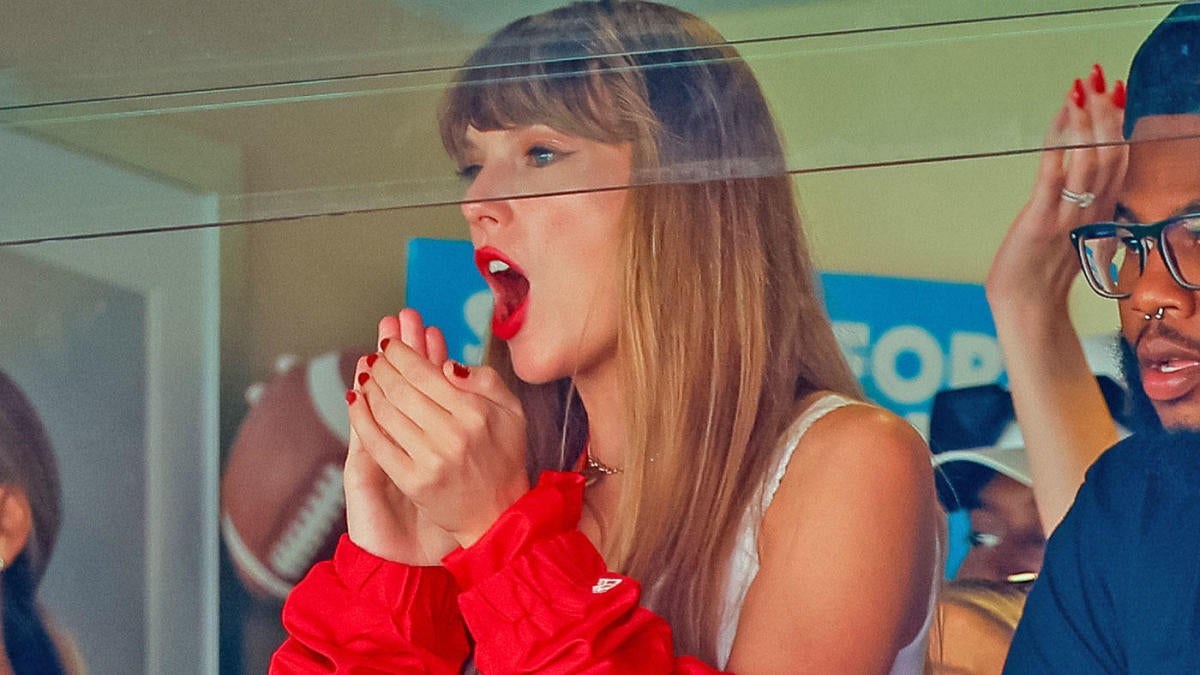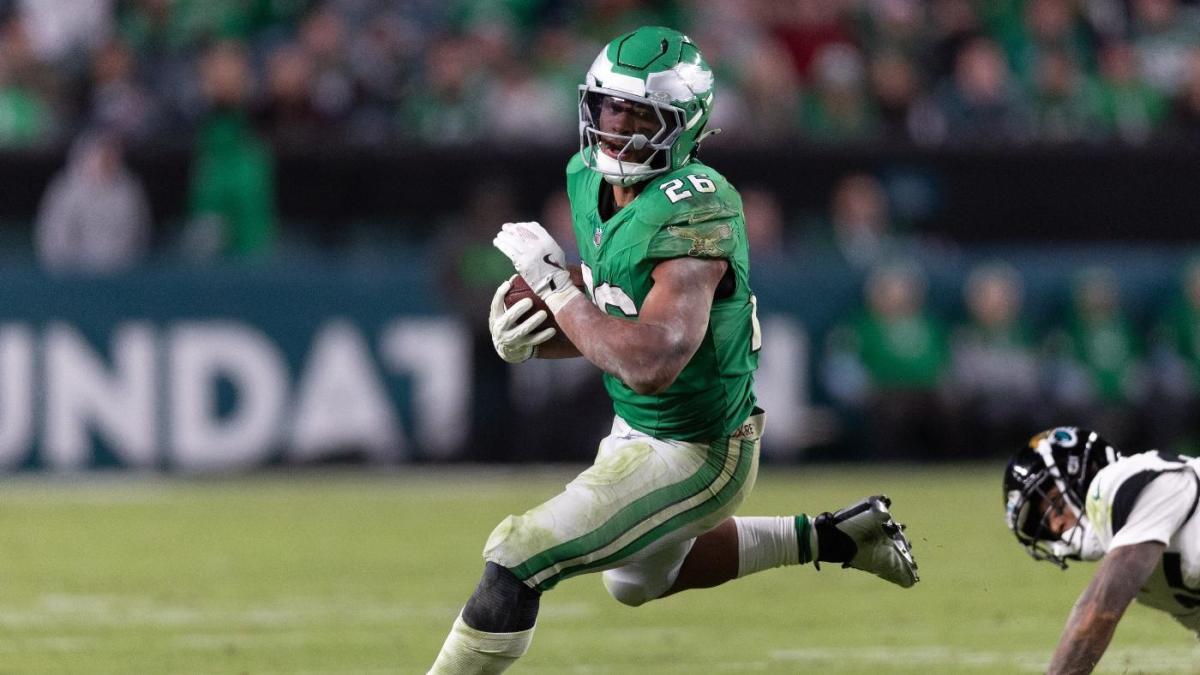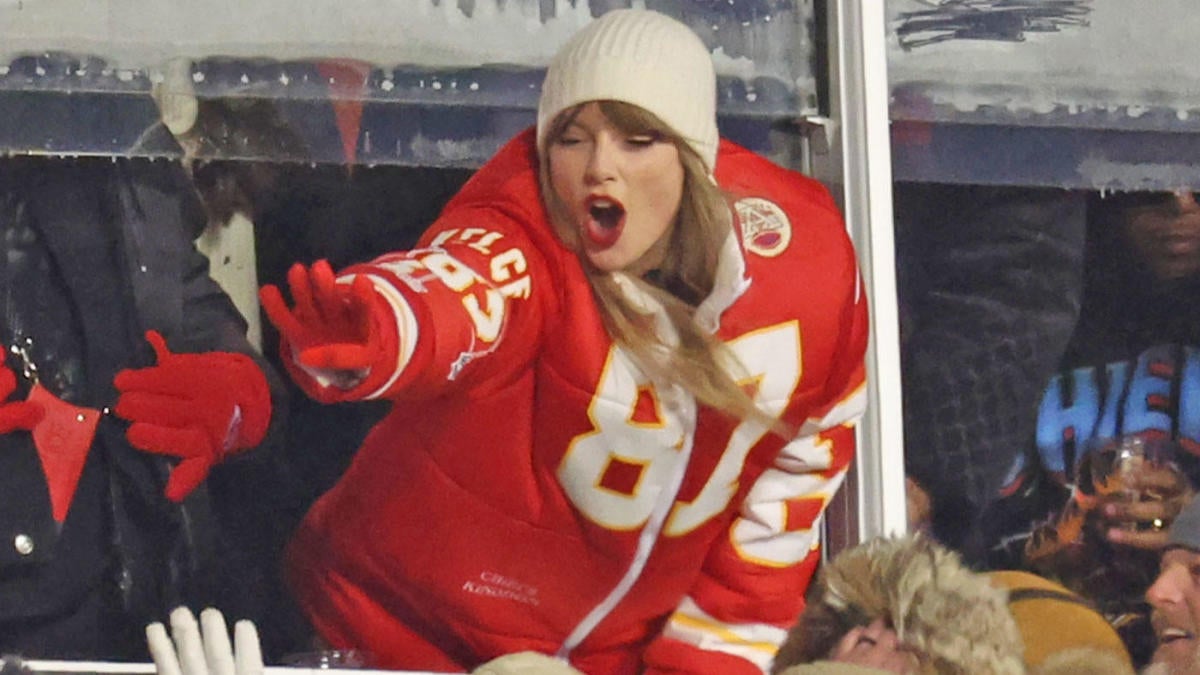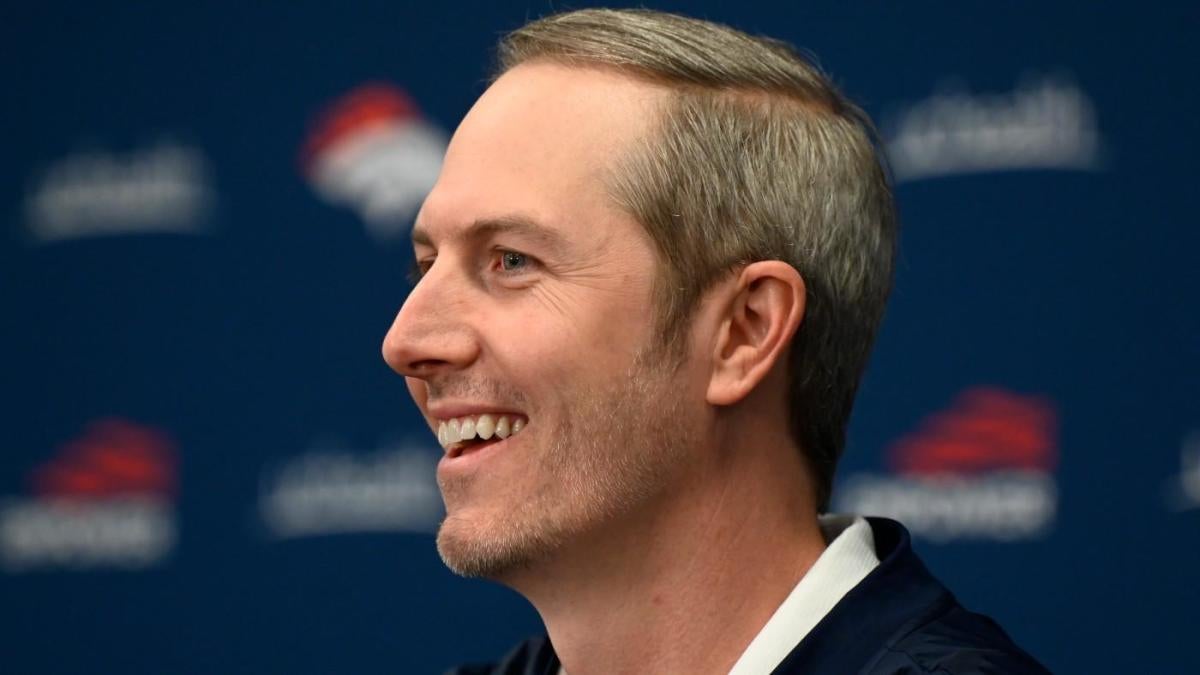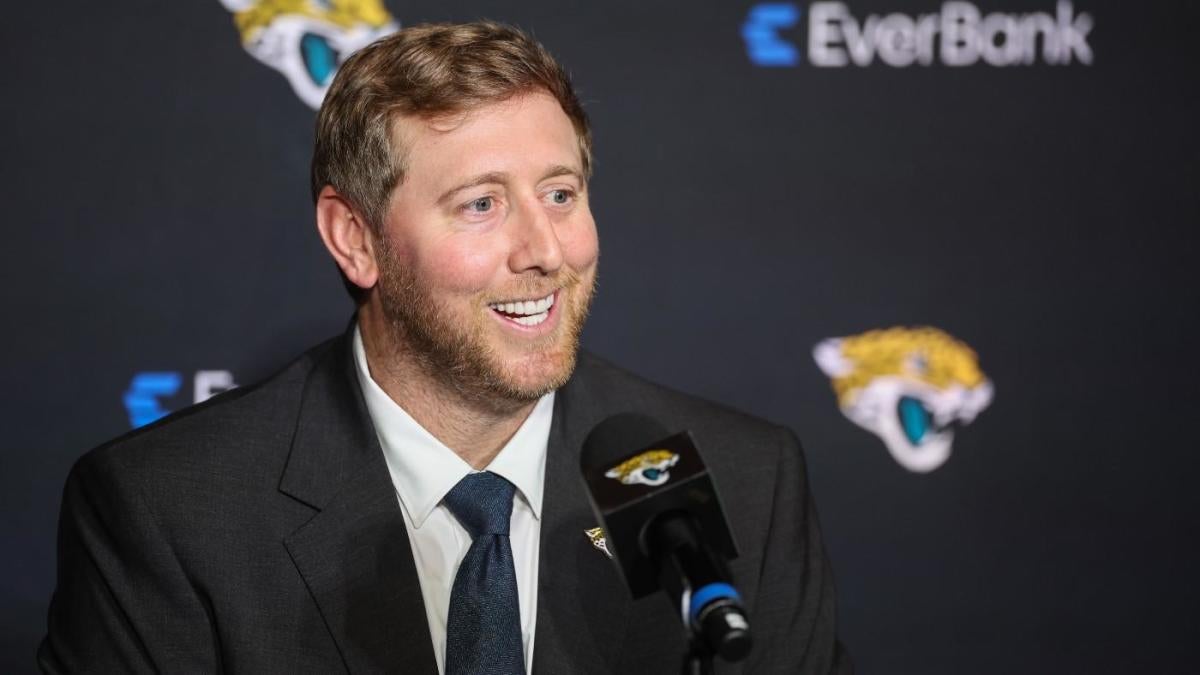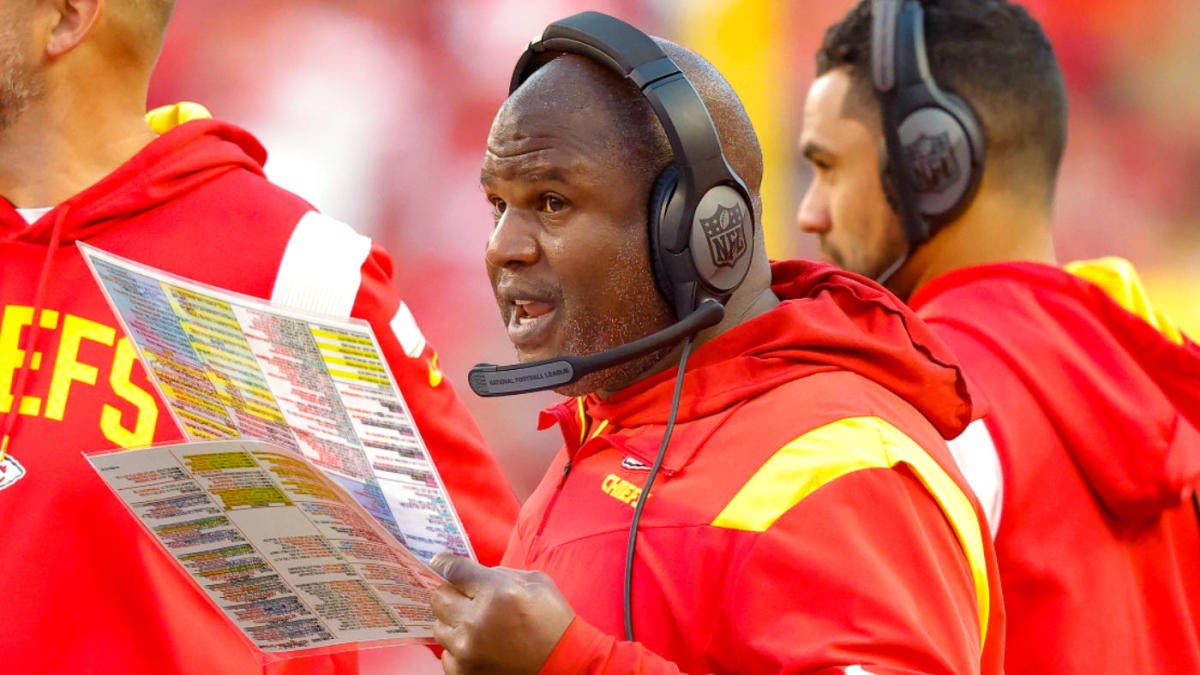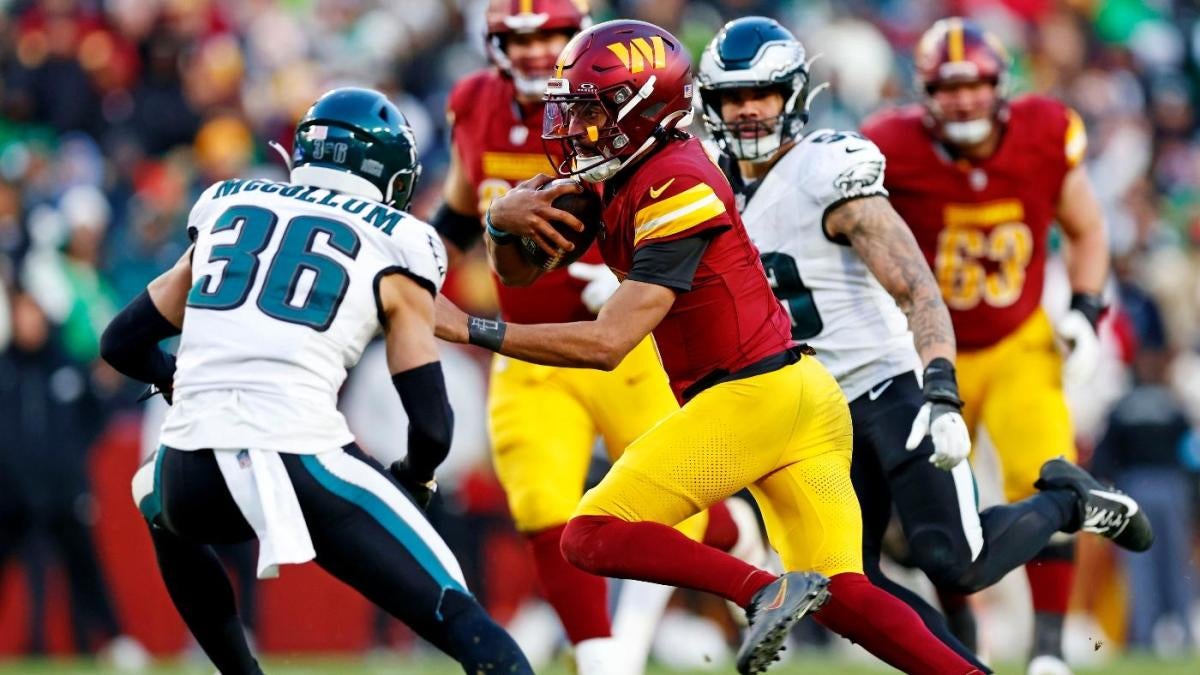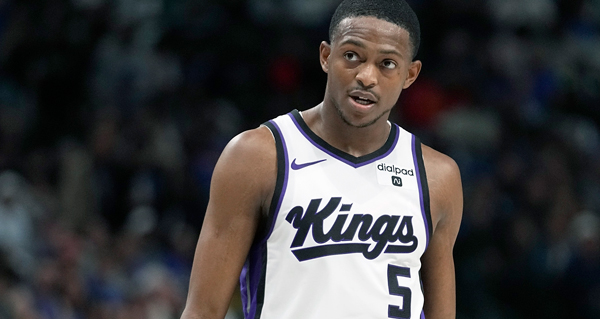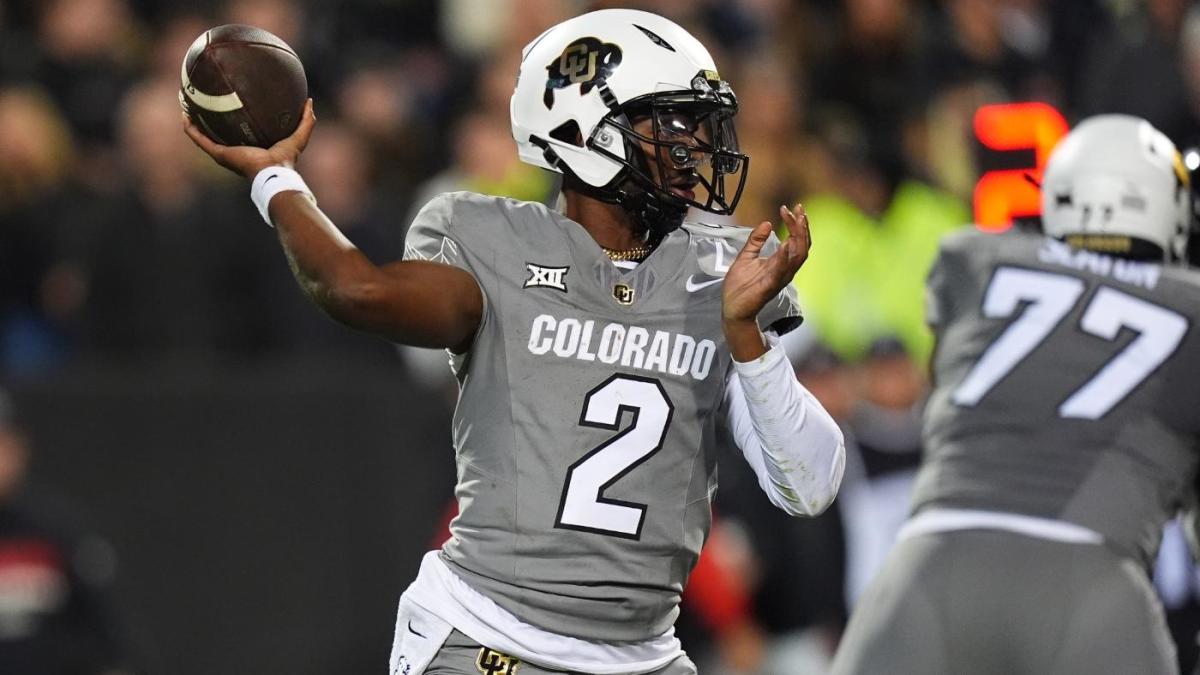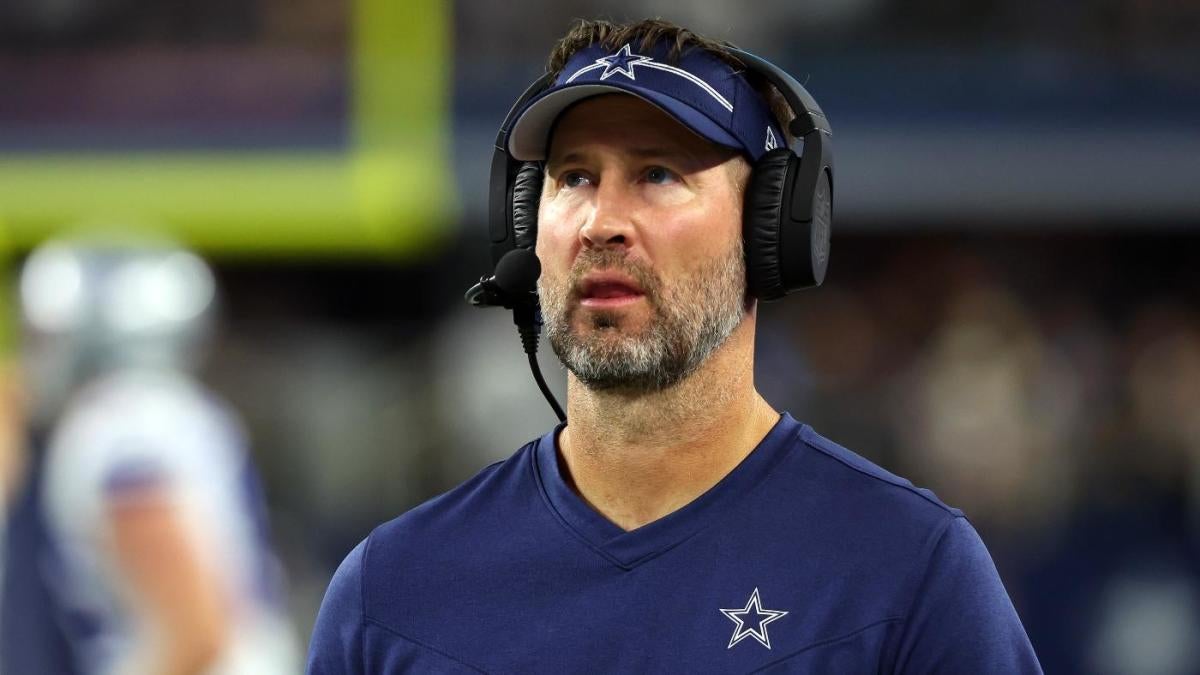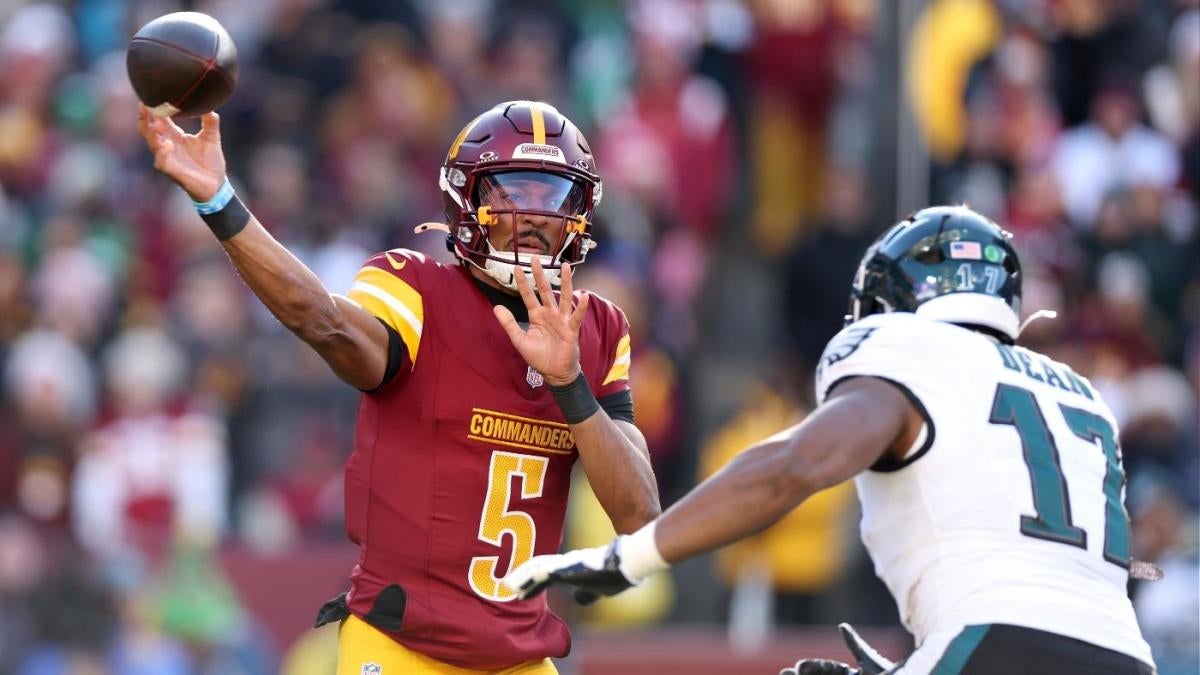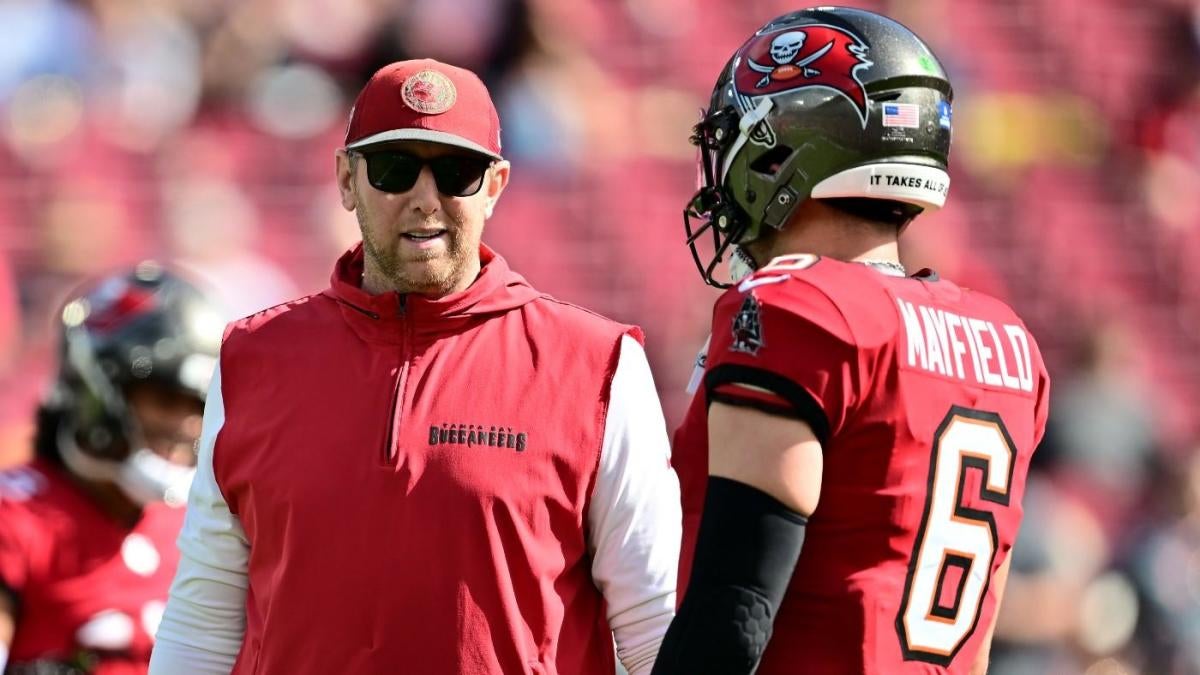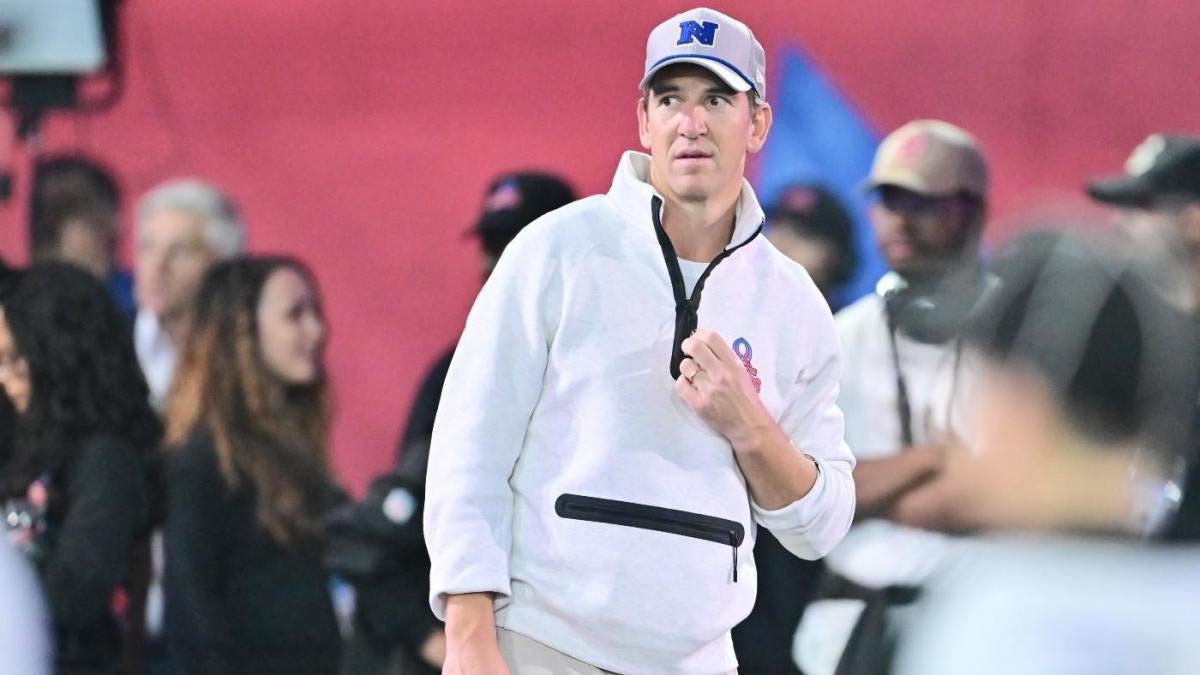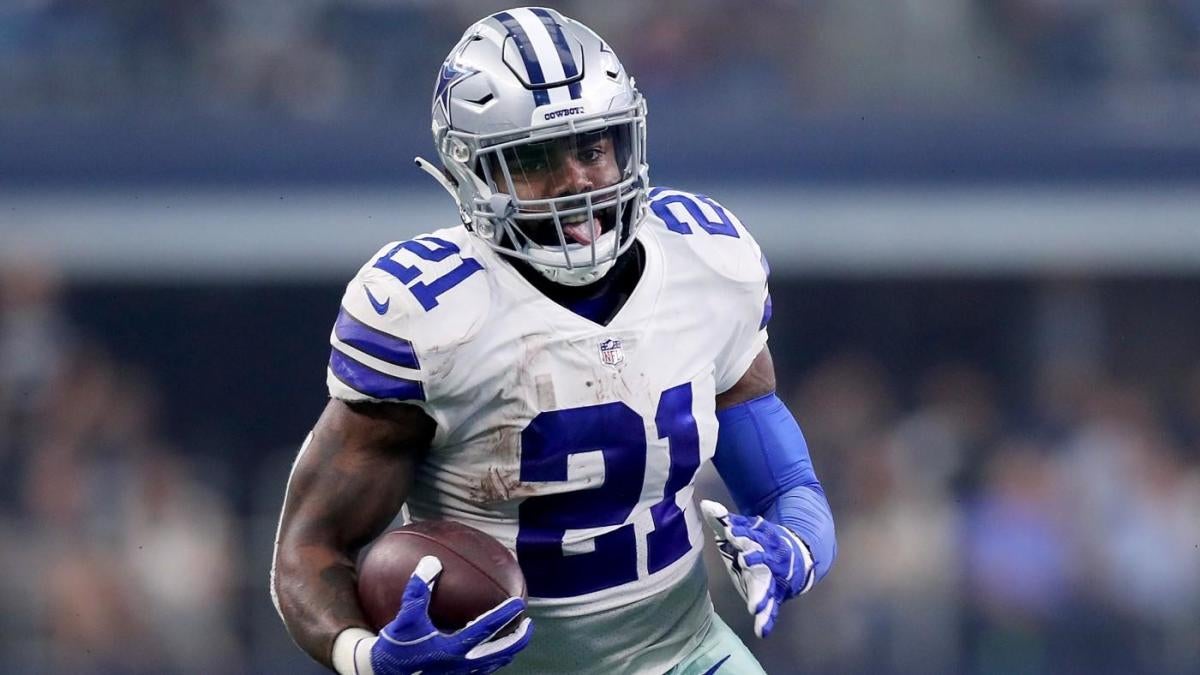
June 2 used to have greater significance in the NFL. It was the beginning of the final wave of free agency. Teams would primarily release players with excessive contracts or declining performance because the bonus proration from the remaining or future years is delayed until the following league year when a player is released after June 1.
In some years, more than 20 players were released after June 1. Some of the big-name players to hit the open market as June salary cap casualties included Hall of Famers Jerry Rice and Kurt Warner.
These free agents were at a disadvantage in the market place because most teams had already filled their needs through the NFL Draft by this time and salary cap space was at a premium. As a result, most of the released players couldn’t get deals that would have reflected their market value if they had been available at an earlier date.
I had firsthand experience with this situation when I was an agent. One of the players I helped represent was Keenan McCardell, who is currently the Vikings wide receivers coach. The Jaguars‘ aggressive salary cap management of constantly pushing cap obligations into the future finally caught up them. McCardell was released by the Jaguars on June 3, 2002 after a 2001 season in which he caught 93 passes, which was tied for ninth in the NFL, for 1,110 yards with six touchdowns.
The Chiefs quickly expressed interest once McCardell was released. McCardell was offered approximately half of the $3.7 million per year the Chiefs gave Johnnie Morton on a long-term deal after the Lions released him that March. The Chiefs expressed surprise that McCardell was available because of his productivity and admitted he was a better player than Morton. McCardell stood a good chance of getting a contract comparable to Morton’s if he had been available sooner. He signed with the Buccaneers instead.
To help remedy the situation, the 2006 NFL Collective Bargaining Agreement included a provision allowing teams to release up to two players each league year prior to June 2 (known as a post-June 1 designation) who were treated under the salary cap as if they were released after June 1. Post-June 1 designations don’t apply to trades. This provision has been in every subsequent CBA, including the current labor agreement.
With a post-June 1 designation, a team is required to carry the player’s full cap number until June 2 even though he is no longer a part of the roster. The player’s salary comes off the books at that time unless it is guaranteed.
A majority of the time when a player is traded or released, there is a residual cap charge mostly because of bonus proration. This cap charge for a player who is no longer on a team’s roster is commonly referred to as dead money. It is typically a sunk cost where money isn’t owed to a player. Only if there are salary guarantees or money previously paid in the current league year when a player is released or traded will there be a payment associated with dead money. June 2 remains an important date on the NFL calendar because of the change in salary cap implications. Only the current year’s bonus proration counts towards the 2023 salary cap when players are released or traded after June 1.
Eight players have been released during the 2023 league year with a post-June 1 designation. Two teams, the Browns and Cardinals, used both of their post-June 1 designations. These players are listed below with the salary cap implications of their departures.
- 2023 salary cap number: $16.72 million
- 2023 compensation: $10.9 million
- 2023 dead money: $5.82 million
- 2023 salary cap savings: $10.9 million
- 2024 dead money: $6.04 million
2022 was the worst season of Elliott’s seven-year NFL career. Elliott had 231 rushing attempts for 876 rushing yards with 3.8 yards per carry, all career lows. He caught 17 passes for 92 yards, which were more career worsts.
Elliott had been trending in the wrong direction statistically ever since becoming the first running back in the league history to sign a $100 million contract shortly before the start of the 2019 regular season to end a lengthy preseason holdout. The two-time rushing champion signed a six-year, $90 million contract extension, which made him the NFL’s highest-paid running back at $15 million per year, with two years remaining on his rookie contact.
- 2023 salary cap number: $3.565 million
- 2023 compensation: $1.165 million
- 2023 dead money: $2.4 million
- 2023 salary cap savings: $1.165 million
- 2024 dead money: $4.8 million
Watt announced his retirement last December as the end of the 2022 regular season was approaching. The two-year, $28 million contract (worth up to $31 million through incentives and salary escalators) Watt signed in 2021 to join the Cardinals was expiring. The deal included 2023 through 2025 contract years automatically voiding on the last day of the 2022 league year (March 15, 2023), so Watt’s $12 million signing bonus could be prorated over five years at $2.4 million annually instead over just 2021 and 2022 at $6 million in each of those two years.
Several days before Watt’s final game on Jan. 8, he agreed to turn his voiding/dummy 2023 year into a real contract year at his $1.165 league minimum salary and push the voiding date back for 2024 and 2025 to the last day of the 2023 league year in March 2024. Under CBA rules, this contract maneuver needed to take place prior to the end of the 2022 regular season for a post-June 1 designation to be used on Watt.
- 2023 salary cap number: $2.765 million
- 2023 compensation: $1.165 million
- 2023 dead money: $1.6 million
- 2023 salary cap savings: $1.165 million
- 2024 dead money: $4.8 million
The sequel wasn’t better than the original as Clowney returned to Browns in 2022 on his second straight one-year deal. The base value of the deal went up from $8 million in 2021 to $10 million in 2022. Clowney’s sack total took a steep decline last season. After having nine sacks in 2021, he only had two last season. The final straw for Cleveland came before the Week 18 regular season finale when Clowney criticized how he was being used, which led to ending the season as a healthy scratch.
Technically, Clowney had 2023 and 2024 contract years that weren’t designed for him to complete. He was released a day before his unsecured $1.165 million and $40 million 2023 and 2024 base salaries would have been fully guaranteed on the third day of the 2023 league year (March 17). There were also voiding/dummy 2025 and 2026 contract years to allow his $8 million signing bonus to be prorated over five years at $1.6 million annually.
- 2023 salary cap number: $18.351 million
- 2023 compensation: $14.1 million
- 2023 dead money: $4.751 million
- 2023 salary cap savings: $13.6 million
- 2024 dead money: $10.053 million
Jones was sidelined for the entire 2022 season after ankle/Achilles surgery that March. The Dolphins never got their money’s worth out of the five-year, $82.5 million contract Jones signed in 2020 free agency that briefly made him the NFL’s highest-paid cornerback. Jones not panning out prompted the Dolphins to trade a 2023 third-round pick and tight end Hunter Long to the Rams for three-time All-Pro cornerback Jalen Ramsey.
Pick Six Newsletter
Crafted By The Best NFL Experts
Get the day’s big stories + fun stuff you love like mock drafts, picks and power rankings.
- 2023 salary cap number: $4.81 million
- 2023 compensation: $3.05 million
- 2023 dead money: $1.76 million
- 2023 salary cap savings: $3.05 million
- 2024 dead money: $3.52 million
Hudson returned to the Cardinals for the 2022 season after contemplating retirement. He played the first four games of 2022 before being sidelined for the rest of the season with a knee injury. Hudson reworked his contract right before the end of the 2022 regular season so a post-June 1 designation could be used to release him once the 2023 league year started on March 15 since retirement was anticipated. He reduced his $8.25 million 2023 base salary to $2.05 million to immediately give the Cardinals $6.2 million of 2023 cap relief because his 2023 compensation would be a cap charge until June 2.
- 2023 salary cap number: $13.5 million
- 2023 compensation: $9.75 million
- 2023 dead money: $3.75 million
- 2023 salary cap savings: $9.75 million
- 2024 dead money: $8.85 million
Firing defensive coordinator Joe Woods was the first of many changes to a disappointing Browns defense last season. Johnson wasn’t brought back for the final year of the three-year, $33.75 million contract he received in 2021 as an unrestricted free agent. Juan Thornhill was signed to a three-year, $21 million deal with $14 million fully guaranteed during free agency to replace Johnson at free safety.
- 2023 salary cap number: $12.42 million
- 2023 compensation: $8.82 million
- 2023 dead money: $4.05 million
- 2023 salary cap savings: $8.37 million
- 2024 dead money: $4.05 million
Roullier was expected to be a mainstay of the Commanders offensive line when he signed a four-year, $40.5 million extension with $19.02 million of guarantees at the close of the 2020 regular season. He was bitten by the injury bug after signing his extension. A broken left fibula sidelined Roullier eight games into the 2021 season. Roullier suffered a season-ending torn MCL in his right knee during 2022’s second game.
- 2023 salary cap number: $4,981,250
- 2023 compensation: $3.75 million
- 2023 dead money: $1,231,250
- 2023 salary cap savings: $3.75 million
- 2024 dead money: $1,231,250
McManus’ field goal conversion rate dropping below 80% for the first time since 2017 was a catalyst for his departure. He ranked 29th in the NFL last season at 77.8% (28 of 36) while having 2023’s sixth-largest cap number for a kicker. McManus didn’t waste any time in finding a new job. He signed a one-year deal with the Jaguars for $2 million where $1.25 million is fully guaranteed three days after being released.
Go to Source
Author: Joel Corry
May 31, 2023 | 2:56 pm
